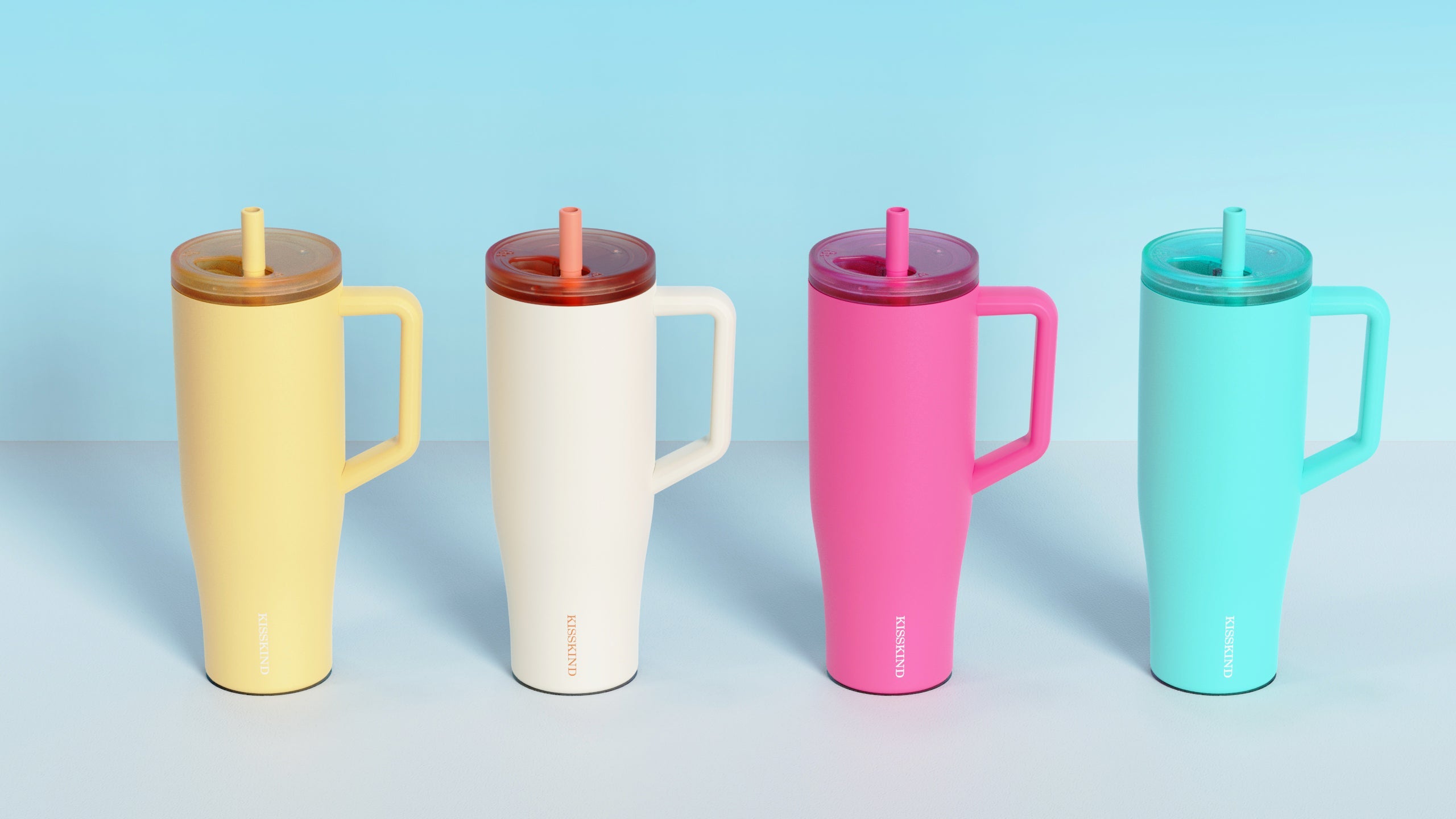With growing awareness about material safety, many Americans ask: is stainless steel BPA-free? The answer is yes—stainless steel is naturally free of Bisphenol A (BPA), making it a reliable choice for reusable drinkware.
What Is BPA?
Bisphenol A (BPA) is an industrial chemical found in many plastics and resins, including disposable bottles, food containers, and can linings. Research links BPA exposure to hormonal disruption and developmental issues. Learn more at FDA – BPA Information.
Why Stainless Steel Is Safer
- No BPA: Metal alloy contains no plastic-based compounds
- Non-reactive: Won’t leach chemicals into beverages
- Durable & Reusable: Reduces single-use plastics
- Easy to Clean: Resists staining and odor retention
Grades of Stainless Steel for Drinkware
| Grade | Properties | Use Case |
|---|---|---|
| 304 | Corrosion-resistant, food-safe | Bottles, tumblers, cookware |
| 316 | Higher corrosion resistance | Marine use, medical applications |
Popular BPA-Free Bottle Sizes
| Size | Ounces | Material | BPA-Free? |
|---|---|---|---|
| Small | 16 oz | 304 Stainless Steel | ✅ Yes |
| Medium | 32 oz | 304 Stainless Steel | ✅ Yes |
| Large | 40 oz | 304/316 Stainless Steel | ✅ Yes |
Practical Tips
- Choose bottles with a wide mouth for easy cleaning.
- Use insulated stainless steel to maintain beverage temperature.
- Consider the kisskind 40 oz tumbler with handle (hidden straw tumbler) for daily use.
- Check certification labels for food-grade stainless steel.
FAQ
Is all stainless steel BPA-free?
Yes, stainless steel contains no BPA or plastic compounds.
Can stainless steel leach other chemicals?
High-quality 304/316 stainless steel is non-reactive and safe for food and drinks.
Is it safe for hot beverages?
Yes, stainless steel is safe for both hot and cold drinks.
Why choose stainless steel over plastic?
Durable, eco-friendly, and BPA-free. Reduces single-use plastic waste.



